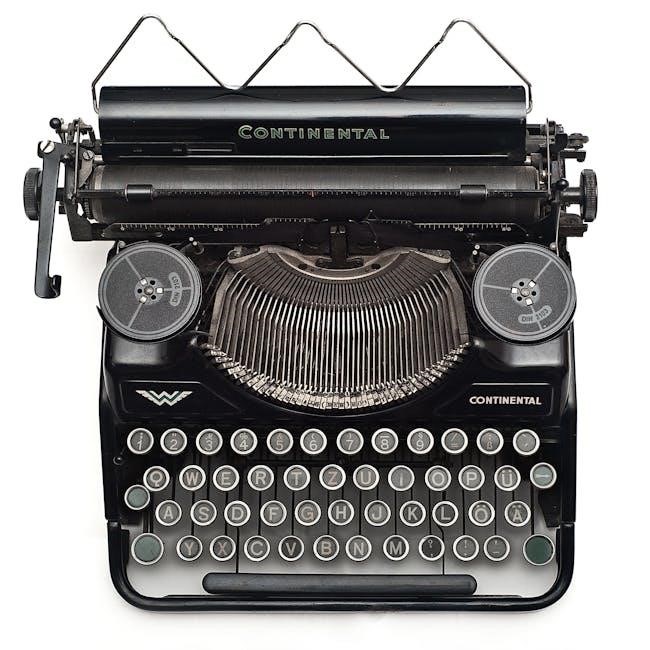ZURU MAX Build More offers a versatile construction experience with high-quality, colorful bricks compatible with leading brands. Designed to inspire creativity, it includes a storage tub and idea booklet for endless building possibilities.

What’s Included in the Set
The ZURU MAX Build More set is a comprehensive construction kit designed to spark creativity and imagination. Inside the sturdy plastic storage tub, you’ll find 250 high-quality building bricks in a variety of vibrant colors, including red, green, blue, yellow, pink, and khaki. These bricks are designed to be durable and compatible with other popular construction brands, ensuring versatility for builders of all ages. Alongside the bricks, the set includes a booklet of ideas packed with visual guides and step-by-step instructions to help users create animals, vehicles, and other imaginative projects. The storage tub itself is a practical addition, keeping all the pieces neatly organized and easy to transport. With its diverse range of colors and included accessories, the MAX Build More set offers endless possibilities for creative building, making it an excellent value for both kids and enthusiasts alike. This set is perfect for those looking to expand their collection or start a new creative journey.
Compatibility with Other Brick Brands
ZURU MAX Build More bricks are designed to be fully compatible with other leading construction brick brands, including LEGO. This compatibility ensures that users can seamlessly integrate MAX bricks into their existing collections, offering endless creative possibilities. The bricks are made to the same size and shape standards as other popular brands, allowing for effortless mixing and matching. This feature is particularly appealing to builders who already own bricks from other manufacturers but are looking to expand their creative options. The compatibility extends to accessories like wheels and doors, making it easy to enhance projects without worrying about fit issues. By maintaining high-quality standards and ensuring interoperability, ZURU MAX Build More provides a versatile and cost-effective way to build, create, and design. This compatibility makes the set a great addition for both children and experienced builders looking to expand their creative horizons.
Instructions and Guides
ZURU MAX Build More provides comprehensive instructions to guide users through various building projects. The included idea booklet and online PDF versions offer step-by-step directions, ensuring easy and enjoyable creation of diverse structures and designs.
4.1 Availability of ZURU MAX Build More Instructions
ZURU MAX Build More instructions are widely available to ensure users can easily access guidance for their building projects. Physical instruction booklets are included in every set, providing a tangible guide for builders. Additionally, digital versions of the instructions, often in PDF format, can be downloaded from the official ZURU website or other authorized online platforms. This dual availability caters to both traditional and tech-savvy users, allowing them to choose their preferred format. The instructions are designed to be clear and user-friendly, featuring visual step-by-step guides to help builders of all skill levels. Whether constructing simple models or complex designs, the accessible instructions ensure a seamless and enjoyable building experience. This approach by ZURU underscores their commitment to making creative construction accessible to everyone.
4.2 How to Access the PDF Version
Accessing the PDF version of ZURU MAX Build More instructions is straightforward and convenient. Users can visit the official ZURU website, where dedicated sections provide downloadable resources. Simply navigate to the “Support” or “Instructions” page, locate the specific product, and download the PDF guide; Additionally, authorized retailers and online platforms may host these files, ensuring widespread availability. For optimal convenience, users can search for “ZURU MAX Build More instructions PDF” on search engines to find direct links. Once downloaded, the PDF can be saved for offline use, offering easy access to visual guides and step-by-step instructions. This digital format allows builders to zoom in on details and print specific pages if needed, enhancing the overall building experience. ZURU ensures that their instructions are readily accessible, catering to both digital and physical preferences.
Creative Building Ideas and Projects
ZURU MAX Build More encourages limitless creativity with its versatile bricks. Builders can create animals, vehicles, and intricate structures using the included idea booklet for inspiration. The set’s compatibility with other brands allows for even more diverse designs. With over 250 bricks, users can craft detailed models like spaceships, castles, or robots. The storage tub keeps everything organized, making it easy to start new projects. For those looking to expand their creativity, ZURU offers expansion packs with specialized pieces like wheels and doors, enabling the creation of dynamic vehicles or functional buildings. The high-quality bricks ensure durability, allowing builders to experiment and reimagine their creations endlessly. Whether it’s a miniature city, a historical landmark, or a futuristic design, ZURU MAX Build More provides the tools to bring any vision to life, fostering imagination and skill development in builders of all ages.

Product Features and Benefits
ZURU MAX Build More stands out with its premium-quality bricks, designed for durability and creativity. The set includes 250 vibrant, colorful bricks, offering endless possibilities for building. With a focus on compatibility, these bricks work seamlessly with other leading brands, allowing for versatile and expansive creations. The included storage tub keeps pieces organized, while the idea booklet provides inspiration for various projects. One of the key benefits is the affordability without compromising on quality, making it an excellent alternative to more expensive brands. The bricks are designed to spark imagination, encouraging children to develop problem-solving and motor skills. Expansion packs, such as wheels and doors, further enhance the building experience. ZURU MAX Build More is perfect for builders of all ages, offering a fun and educational way to create and explore. Its high-quality construction ensures long-lasting enjoyment, making it a valuable addition to any toy collection.

Expansion Packs and Accessories
ZURU MAX Build More offers a range of expansion packs and accessories to enhance your building experience. These include a 250 Accessory Pack with wheels, doors, and other functional elements, perfect for adding details to your creations. Additionally, a 253 Bricks Pack is available for those who want to expand their collection of high-quality, colorful bricks. The 10X10 Base Plates provide a sturdy foundation for larger projects, ensuring stability and creativity. These accessories are designed to work seamlessly with the main set, offering endless possibilities for customization. Expansion packs allow builders to add unique features to their designs, from movable parts to decorative elements. With these additional options, users can take their creations to the next level, creating more intricate and detailed models. The affordability and compatibility of these accessories make them an excellent choice for builders looking to expand their horizons without breaking the bank.

Where to Find ZURU MAX Build More Instructions Online
Locating ZURU MAX Build More instructions online is straightforward, with multiple reliable sources available. The official ZURU website provides easy access to downloadable PDF versions of the instructions, ensuring users can build their projects seamlessly. Additionally, authorized retailers like Amazon and Walmart often include instruction links on their product pages. For those seeking specific guides, online marketplaces and community forums dedicated to building bricks frequently share PDF versions of the instructions. Social media platforms and YouTube channels also offer tutorials and downloadable resources for ZURU MAX Build More. Always verify the authenticity of the source to ensure you’re accessing genuine instructions. This wide availability makes it easy for users to find the guidance they need to bring their creative ideas to life.
ZURU MAX Build More is an exceptional choice for creative building experiences, offering high-quality bricks and endless possibilities for construction. With its compatibility with leading brands and affordable pricing, it stands out as a versatile and accessible option for builders of all ages. The inclusion of detailed instructions, both in physical form and downloadable PDF versions, ensures that users can easily follow guides to bring their ideas to life. Whether building animals, vehicles, or complex structures, ZURU MAX Build More fosters creativity and imagination. Its durability and wide range of colors make it a standout in the market, providing hours of engaging fun. For those seeking a cost-effective yet premium building experience, ZURU MAX Build More is an excellent choice. Start building today and unlock a world of creative possibilities!






























































